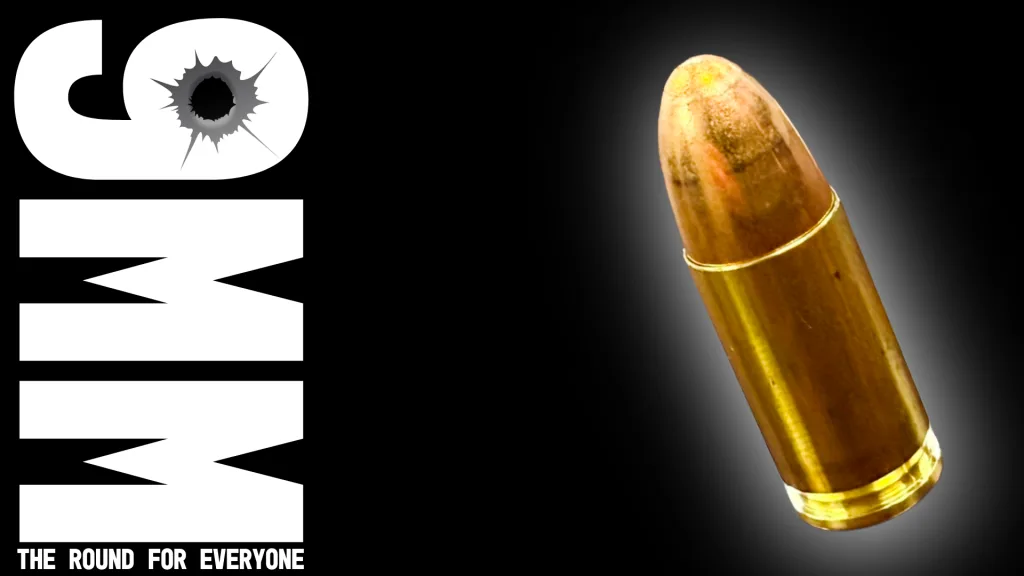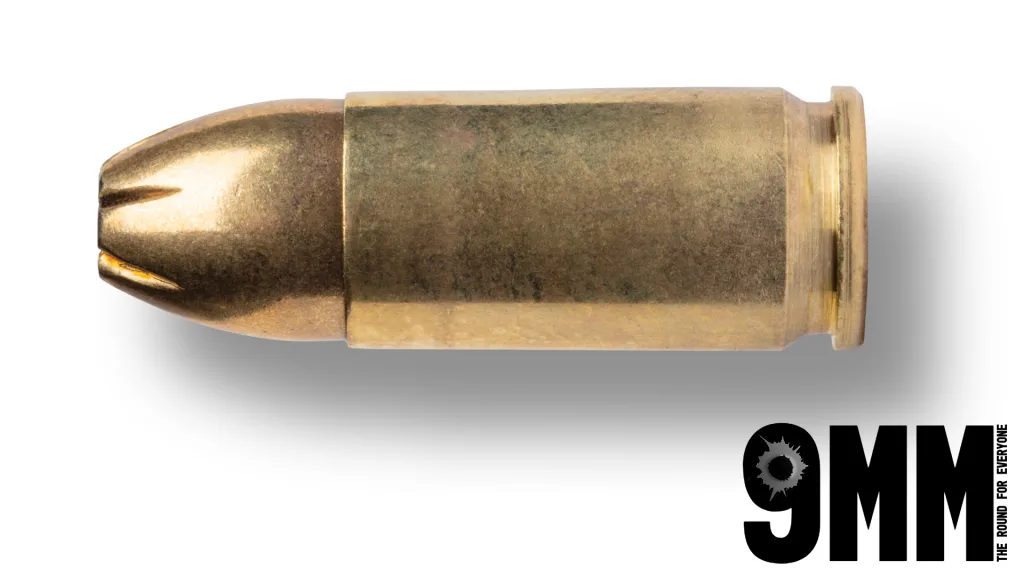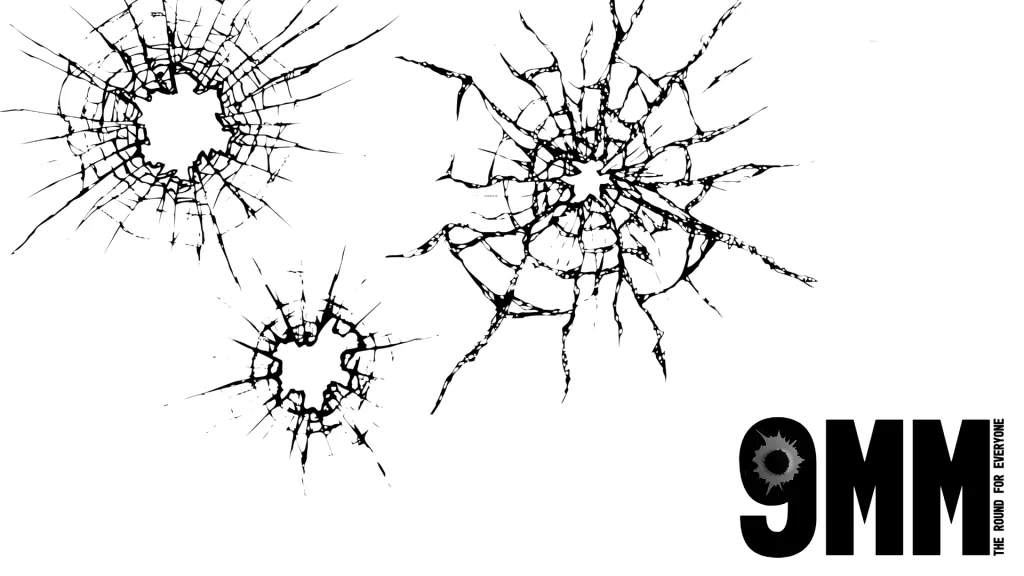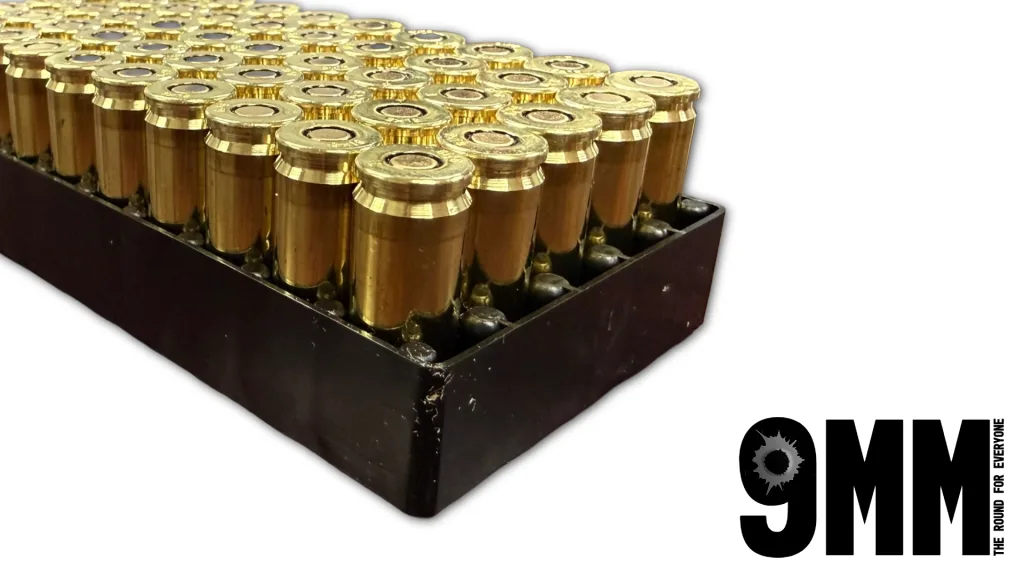
Introduction History of the 9mm Cartridge
If there’s one handgun round known around the world, it’s the 9mm. For well over a century, the 9×19mm Parabellum cartridge – commonly called the 9mm Luger – has been a constant presence in military armories, police holsters, and civilian gun safes. This cartridge was originally designed by Austrian inventor Georg Luger in 1901, yet it remains arguably the most popular and widespread handgun caliber today. How did a turn-of-the-20th-century invention become a global standard? The story of the 9mm is a journey through history – from its origins in a quest for a better pistol round, through its adoption in world wars and standardization by NATO, to its rise as a law enforcement favorite and a top choice for civilians. Along the way, the 9mm earned its reputation through a blend of solid engineering and real-world performance. Let’s explore the history and enduring popularity of this legendary cartridge.
Origins of the 9mm: Georg Luger’s Innovation
The iconic Luger P08, introduced in the early 1900s, was the first to chamber the 9×19mm Parabellum round. Designed by Georg Luger at DWM, the 9mm was a response to the German military’s desire for more knockdown power. Luger improved upon his earlier 7.65×21mm design by shortening the case to 19mm and widening the bullet to 9mm. The result was the 9×19mm Parabellum, a powerful yet reliable round for semi-automatic pistols. The name “Parabellum” comes from DWM’s Latin motto, “Si vis pacem, para bellum” (“If you want peace, prepare for war”), reflecting its military purpose. Luger could not have known that his creation would become the most successful pistol cartridge of the modern era.
From the Trenches to NATO: 9mm’s Military Triumph
The 9mm Parabellum was adopted by the German military early on, with the Navy in 1904 and the Army in 1908. It proved its worth in both World Wars, becoming standard for German sidearms like the Luger P08 and Walther P38, as well as submachine guns like the MP 40. Allied forces, including Britain, also adopted the 9mm for simplicity in supply. After WWII, the 9mm’s status as a global standard was solidified when NATO adopted it in 1962. Over the following decades, many nations equipped their forces with 9mm firearms. In 1985, the U.S. military adopted the 9mm Beretta M9 as its service sidearm, confirming the 9mm’s global dominance as a military handgun round.

From Patrol Cars to Concealed Carry: Law Enforcement and Civilians
The 9mm has become a staple for both law enforcement and civilians. In the late 20th century, U.S. police transitioned from revolvers to high-capacity 9mm semi-automatics, like the Beretta 92F and Glock 17, which offered more firepower with double-stack magazines. By the late 1980s, most departments had switched to 9mm, with 60% of U.S. police sidearms being 9mm by 2007. Its reliability, manageable recoil, and high capacity made the 9mm popular with civilians for home defense, concealed carry, and target shooting. The widespread availability and affordability of 9mm ammo have made it the default choice for shooters, as its cost-effectiveness allows for frequent practice.

Why the 9mm Thrives: Size, Recoil and Firepower
Brass 9×19mm full metal jacket rounds on a store shelf – a common sight, reflecting the cartridge’s widespread availability. Not only does the 9mm have history and nostalgia on its side, it also benefits from very practical attributes that have sustained its popularity. In many ways, the 9mm hits a sweet spot that larger or smaller calibers often struggle to match. Here are a few key technical reasons why the 9mm remains so dominant:
- Manageable Recoil: The 9×19mm round offers moderate recoil, making it easier to control in rapid fire compared to more powerful calibers. Even in lightweight compact pistols, most shooters can handle the 9mm’s “kick” and achieve quick follow-up shots.
- High Capacity: Because of its relatively small diameter, the 9mm allows for double-stack magazines carrying a large number of rounds.
- Effective Power: Despite its smaller size, modern 9mm ammunition delivers impressive performance. Advances in bullet design have improved the 9mm’s terminal ballistics to the point that it can rival larger calibers in stopping power.
- Affordability & Availability: The 9mm’s huge global popularity means ammo manufacturers produce it in massive quantities. The economy of scale keeps prices low, so shooters can buy practice ammo for less money than many other calibers. It’s common to find bulk packs of 9mm at any sporting goods or gun store, and even during ammo shortages, 9mm tends to be one of the first calibers back on shelves. This wide availability and generally low cost have encouraged more training and proficiency – further reinforcing the 9mm’s appeal. After all, a defensive round is only useful if you can practice with it regularly.

Conclusion: A Century-Old King Still Reigns
The 9mm cartridge, born in Georg Luger’s workshop in 1902, has endured for over 120 years due to its perfect balance of power, compactness, low recoil, and high capacity. Its versatility has made it a favorite for military, law enforcement, and civilians. The 9×19mm Parabellum has evolved with advancements in powders and bullet technology, maintaining its relevance. As one historian put it, it remains the “king of pistol cartridges.” Despite countless calibers rising and falling in popularity, the 9mm continues to dominate and will likely remain the top choice for handgun shooters for years to come.
Thank you for Reading our History of the 9mm Cartridge Blog!
Check out our other great blogs HERE
Sources: The above information is drawn from historical and technical analyses of the 9×19mm cartridge, including firearm history texts and expert commentary, as well as documented surveys and military adoption recordsamericanrifleman.org. These sources underline the 9mm’s unique blend of attributes and the key moments – from its 1900s introduction to its 21st-century resurgence – that have solidified its legacy.






